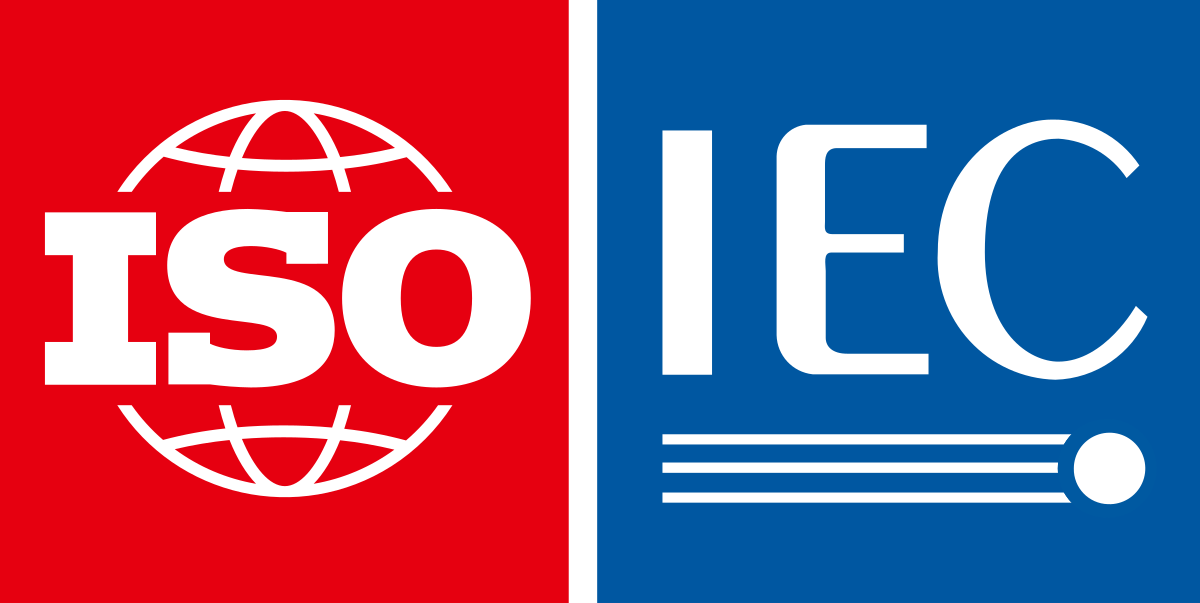Website Speed: Why Every Second Counts
Understand how page load times impact your conversions and learn actionable steps to optimize your site performance.
The Speed Imperative
In our instant-gratification world, website speed isn't just a nice-to-have—it's a business-critical factor that directly impacts your bottom line. Studies consistently show that even small improvements in page load times can lead to significant increases in conversions, user satisfaction, and search engine rankings.
Yet the average website takes 3.21 seconds to load on desktop and 9.3 seconds on mobile. When you consider that 40% of users abandon a website that takes more than 3 seconds to load, it's clear that most businesses are losing customers before they even have a chance to engage.
The Real Cost of Slow Websites
Let's look at the concrete ways that slow page speeds impact your business:
Conversion Rate
Amazon found that every 100ms of latency cost them 1% in sales
Bounce Rate
Google research shows dramatic increases in bounce rates with slower speeds
SEO Rankings
Google uses Core Web Vitals as official ranking signals
Mobile Experience
Mobile users are even less patient with slow-loading pages
Understanding Core Web Vitals
Google's Core Web Vitals are now official ranking factors, making them essential for both user experience and SEO. These metrics measure real-world user experience:
Core Web Vitals Breakdown
Largest Contentful Paint (LCP)
< 2.5 secondsMeasures loading performance
How quickly the main content loads
First Input Delay (FID)
< 100 millisecondsMeasures interactivity
How quickly the page responds to user input
Cumulative Layout Shift (CLS)
< 0.1Measures visual stability
How much the page layout shifts during loading
Common Speed Killers
Before we dive into solutions, let's identify the most common culprits behind slow websites:
1. Unoptimized Images
Images typically account for 60-70% of a webpage's total size. Large, uncompressed images are the #1 cause of slow load times.
2. Excessive HTTP Requests
Every element on your page (images, scripts, stylesheets) requires a separate HTTP request. Too many requests create bottlenecks.
3. Render-Blocking Resources
CSS and JavaScript files that prevent the page from displaying until they're fully loaded.
4. Poor Hosting Performance
Cheap hosting with slow server response times can negate all your optimization efforts.
5. Lack of Caching
Without proper caching, your server has to regenerate the same content for every visitor.
Proven Optimization Techniques
Here are the most effective strategies for improving your website speed:
Image Optimization
Code Optimization
Server & Hosting
Caching Strategies
Tools for Measuring Speed
You can't improve what you don't measure. Here are the essential tools for monitoring your website speed:
Free Testing Tools
- Google PageSpeed Insights: Official Google tool with Core Web Vitals data
- GTmetrix: Detailed performance analysis with actionable recommendations
- WebPageTest: Advanced testing with multiple locations and devices
- Google Search Console: Real user data from your actual visitors
Monitoring Tools
- Google Analytics: Site speed reports and user behavior data
- Pingdom: Continuous monitoring with alerts
- New Relic: Application performance monitoring
- Lighthouse: Built into Chrome DevTools for ongoing testing
The Mobile Speed Challenge
Mobile optimization deserves special attention because:
- Mobile users are more impatient than desktop users
- Mobile networks are often slower and less reliable
- Mobile devices have less processing power
- Google uses mobile-first indexing for search rankings
Mobile-Specific Optimizations
- Implement Accelerated Mobile Pages (AMP) for content pages
- Use responsive images that adapt to screen size
- Minimize the use of large JavaScript frameworks
- Prioritize above-the-fold content loading
- Reduce the number of redirects
The Business Case for Speed
Investing in website speed optimization isn't just about user experience—it's about business growth:
ROI of Speed Optimization
Immediate Benefits
- Higher conversion rates
- Lower bounce rates
- Improved user satisfaction
Long-term Benefits
- Better search rankings
- Reduced server costs
- Competitive advantage
Getting Started with Speed Optimization
Speed optimization can seem overwhelming, but you don't need to tackle everything at once. Start with these high-impact, low-effort improvements:
- Compress your images: Use tools like TinyPNG or ImageOptim
- Enable caching: Install a caching plugin if you're using WordPress
- Minify your code: Remove unnecessary characters from CSS and JavaScript
- Choose better hosting: Upgrade from shared hosting if necessary
- Use a CDN: Distribute your content globally for faster delivery
Remember, website speed optimization is an ongoing process, not a one-time fix. As you add new content and features, you'll need to continue monitoring and optimizing to maintain peak performance.



